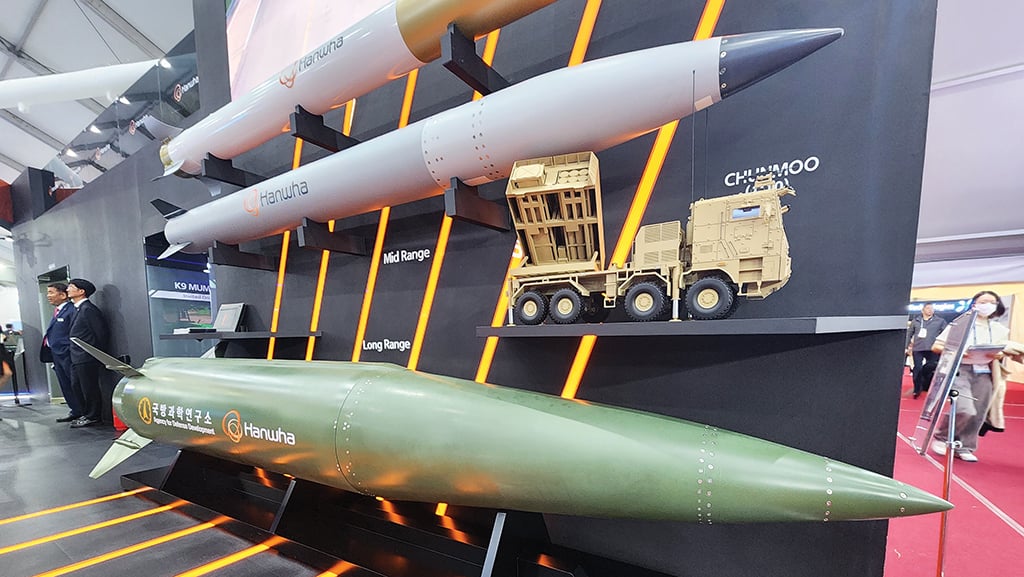Saudi-Pakistan Military Pact and Its Implications in South Asia

The United States today finds itself in real difficulty over Iran. China, Russia, and India—all major powers with substantial investments in Iran—are unwilling to side with Washington against Tehran, and are unlikely to do so in the foreseeable future. For both China and India, Iran is a crucial source of energy security and a significant export market. In this context, harming Iran would mean economic losses for all three. No genuinely independent country (not a buffer or satellite state) sacrifices its own interests for another.
With no other options, Washington has turned to Pakistan’s army chief. In Pakistan, real political power rests with the military rather than with elected parties. That is why General Asim Munir was invited to a dinner in Washington just before U.S. B-2 bombers were dispatched toward Iran. Munir gladly accepted. At the same time, the Indian Prime Minister, who was visiting Canada, also received an invitation but declined, citing urgent domestic political commitments. Through this, New Delhi not only politely rejected the offer but also signaled the diplomatic message behind both the dinner and an earlier lunch engagement.
Thus, apart from Pakistan, the U.S. has no partner left to act against Iran. Historically, Pakistan’s position has been clear since Henry Kissinger’s era. In 1971, Kissinger utilized Pakistan as a channel to establish the historic U.S.-China relationship, which significantly altered the global balance of power in favor of the United States against the Soviet Union. At the time, a well-known journalist described the opening as one of the most dramatic events in modern diplomacy—one that would spark further geopolitical shifts. He added that Pakistan’s position was like “two bachelors sharing a single towel on one bed”.
The current Saudi-Pakistan military pact, while seemingly bilateral, is in fact an extension of American strategy. Washington aims to avoid destabilizing South Asia. Yet with so-called “rogue states” like Pakistan, nothing is ever predictable. In such states, terrorism and smuggling of arms and narcotics often operate with state patronage. That means they can at any moment pose a security threat to others. Ironically, both China and the United States, which once helped Pakistan acquire nuclear capability, could also find themselves at risk. If Pakistan’s nuclear arsenal is not neutralized immediately in a conflict, the fallout could affect Chinese citizens and American nationals across the globe.
Even more significant is that this pact extends the conflicts of the Middle East into South Asia. Saudi Arabia, unlike Israel, generally follows Washington’s instructions unquestioningly. Israel, by contrast, acts only in line with its own interests, ignoring both U.S. pressure and United Nations resolutions when they conflict with its policy. Such has been evident in its occupation of Gaza, and in many earlier confrontations where neither American appeals nor UN diplomacy altered Israel’s stance. Historically, too, since the days of Gamal Abdel Nasser, Arab states have repeatedly suffered defeat at Israel’s hands.
Only recently, Israel carried out strikes on Iran on suspicion that Tehran was developing nuclear weapons, stopping only after Chinese and Russian mediation. Now, with the Saudi-Pakistan pact, Riyadh effectively gains access to nuclear capability. From here on, Saudi Arabia, directly or by proxy, has the legitimate right to deploy Pakistan’s atomic weapons.
A 2006 investigative report by the Cyprus Times claimed that Pakistan’s nuclear warheads, stored in special facilities, could be readied for launch within 20 minutes. These facilities, it noted, were under constant surveillance by Israeli radar. The reason: Israel had positioned nuclear-capable missiles in such a way that they could strike Pakistan’s nuclear storage sites within 13 to 14 minutes.
Whether the details of that report were entirely accurate is debatable—journalistic investigations cannot replace classified security assessments. Still, the overall premise remains credible.
The reality is that through this pact, the Middle East conflict now extends into Pakistan, and therefore South Asia. In the coming years, if missile strikes or new weapon tests occur in the region—and global media carry reports of casualties and destruction—it should not come as a surprise. That door has already opened.
Author: Recipient of the highest state award; Editor, Sarakhon, The Present World















